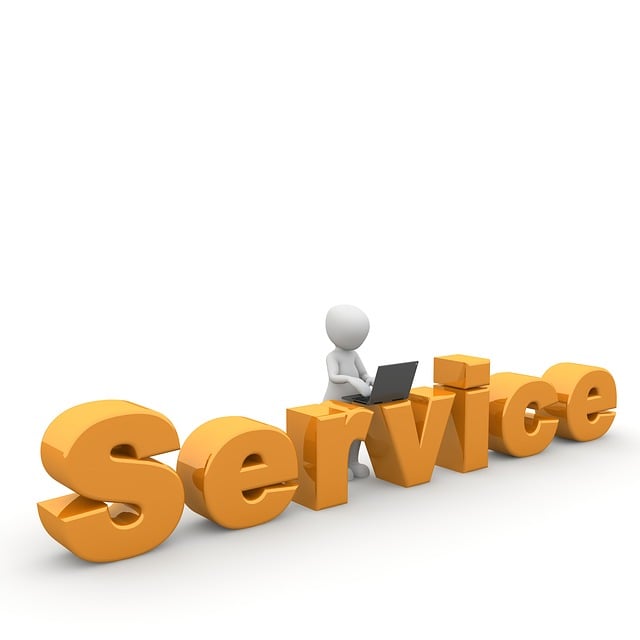Regular maintenance and understanding of automated irrigation systems are essential for professional indoor plant care. By programming tailored settings, inspecting for leaks and blockages, and scheduling routine checks, you ensure plants receive optimal water intervals, preventing over or under-watering. Seasonal adjustments to irrigation schedules based on plant health and weather conditions further promote sustainable water use and healthy plant growth.
“Ensure your indoor plants thrive with efficient self-watering and automated irrigation system maintenance. This comprehensive guide navigates the essentials of professional indoor plant care, empowering you to optimize performance and efficiency. From understanding your system to troubleshooting common issues and seasonal adjustments, these insights ensure your plants receive the perfect amount of water year-round. Dive into this essential resource for a lush, thriving indoor garden.”
Understanding Your Automated Irrigation System
Understanding your automated irrigation system is a key step in ensuring optimal performance and longevity for your indoor plants, as provided by professional indoor plant care services. These systems are designed to deliver water precisely when and where it’s needed, mimicking natural rainfall patterns. By programming these systems with the right settings based on your specific plants’ requirements, you can avoid overwatering or underwatering, both of which can be detrimental to their health.
Regularly inspecting the system is crucial. Check for leaks, blockages in the lines, or damage to valves and pipes. These issues not only waste water but can also disrupt the automation, leading to inconsistent watering schedules. Keeping an eye on these details ensures your automated irrigation system functions efficiently, contributing to the overall health of your indoor garden.
Regular Maintenance Checks for Optimal Performance
Regular maintenance checks are essential for optimal performance in self-watering and automated irrigation systems, especially for professional indoor plant care. These checks ensure that the system functions efficiently, providing the right amount of water to plants at consistent intervals. By scheduling routine inspections, you can identify any potential issues early on, such as clogged filters or faulty sensors, which could lead to over or under-watering.
Proper maintenance involves cleaning and replacing filters regularly to maintain water quality, checking connections for leaks, and inspecting the system’s overall integrity. These simple steps go a long way in ensuring your automated irrigation system operates smoothly, promoting healthy plant growth, and saving you time and effort in the long run.
Troubleshooting Common Issues
Many self-watering and automated irrigation systems operate seamlessly, but like any technology, they can encounter issues that require troubleshooting. For those providing professional indoor plant care, understanding common problems is essential to maintaining healthy plants. One frequent issue is water leakage, which could be due to faulty connections or a broken valve. Regularly inspect the system for any signs of damage or moisture buildup outside the intended areas.
Another common challenge is uneven watering, leading to some plants receiving too much or too little water. This can occur due to improper sensor calibration or blockages in the irrigation lines. Calibrating sensors and regularly cleaning the lines are preventive measures that ensure each plant gets the right amount of hydration, crucial for optimal professional indoor plant care.
Seasonal Adjustments for Efficient Watering
In the realm of professional indoor plant care, seasonal adjustments are crucial for efficient watering and automated irrigation system maintenance. As seasons change, so do plants’ water requirements. During spring and summer, when growth is rapid, regular and thorough watering is essential to support new foliage and flower development. However, in autumn and winter, water intake should be adjusted to match the slower growth rate of plants, preventing overwatering which can lead to root rot.
For optimal results, professionals recommend periodic checks and adjustments to irrigation schedules. This involves evaluating plant health, soil moisture levels, and external weather conditions. By making these seasonal tweaks, indoor gardens can maintain healthy plants while conserving water resources, showcasing a true revolution in sustainable plant care practices.
Implementing a self-watering, automated irrigation system is a game-changer for anyone prioritizing professional indoor plant care. By regularly maintaining your system, troubleshooting common issues promptly, and making seasonal adjustments, you can ensure optimal performance and efficient watering year-round. Embrace these practices to keep your plants thriving and beautiful, with minimal effort on your part.
